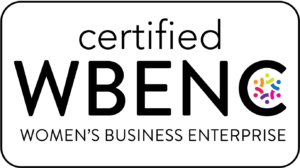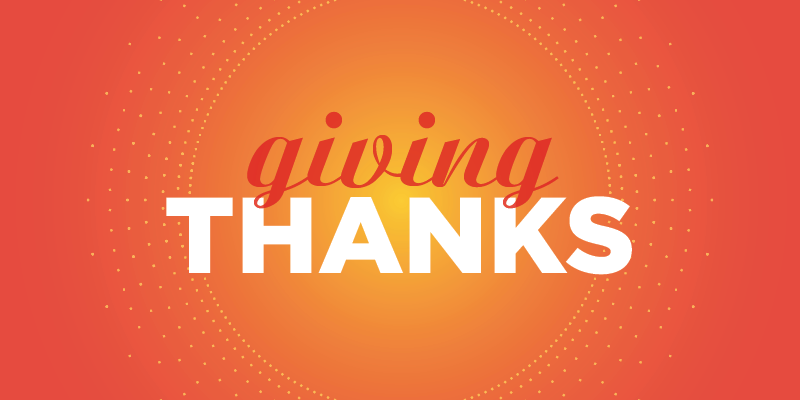
As we prepare for a long, restful weekend with family and friends, we’re reflecting on what has made 2017 such a terrific year. Topping the list has to be the opportunity to continue partnering on important work with amazing brands and wonderful clients.
And all that great work has resulted in great growth for Fusion Hill:
- We’re now 40 people strong and still hiring!
- One of our newest members is our director of strategy, who, along with her growing team, is expanding the strategic offerings that fit between our creative and research disciplines.
- We built out new studio space that overlooks the Mississippi, which you may have visited during our recent Fall Brewhaha. If not, stop on by and check out our shipping-container-turned-conference-room!
- We found inspiration at conferences – SXSW, Transform, the Digital Summit, AIGA Eye on Design and Qual360.
- We were named one of Minnesota Business Magazine’s 100 Best Companies to Work For again this year!
As we enjoy the delights of our Thanksgiving meals, we’re confident our hearts will be every bit as full as our stomachs. And for that, we thank you – our closest partners and friends.
November 22, 2017 | Culture

What does it mean to live in rural America today? After an election in which the polarization between rural and urban voters widened dramatically — on average, a 26-point gap — many are seeking to better understand the experiences of a population that is too often left out of the conversation.
A common refrain among rural Americans is that the nation’s economy is leaving them behind. It can also be said that these rural residents are being left behind as consumers — underserved by major brands and service providers. Thirty-nine percent of rural counties today lack access to broadband; 40 percent of them lack a bank branch. In urban America, there is an average of 39.8 patients for each primary care provider; in rural America, that number rises to 53.5.
However, rural America also presents a more complicated picture than stereotypes suggest. Eighty-three percent of rural growth between 2000 and 2010 was made up of Hispanic residents, who have helped slow a longstanding decline in the rural population. While traditional sources of income like manufacturing and mining have diminished, there are now new sources of rural employment — like renewable energy.
We’re working to better recognize the complexity of these communities and the reality of the challenges they face. Want to know more? Download the full report.
October 19, 2017 | Research
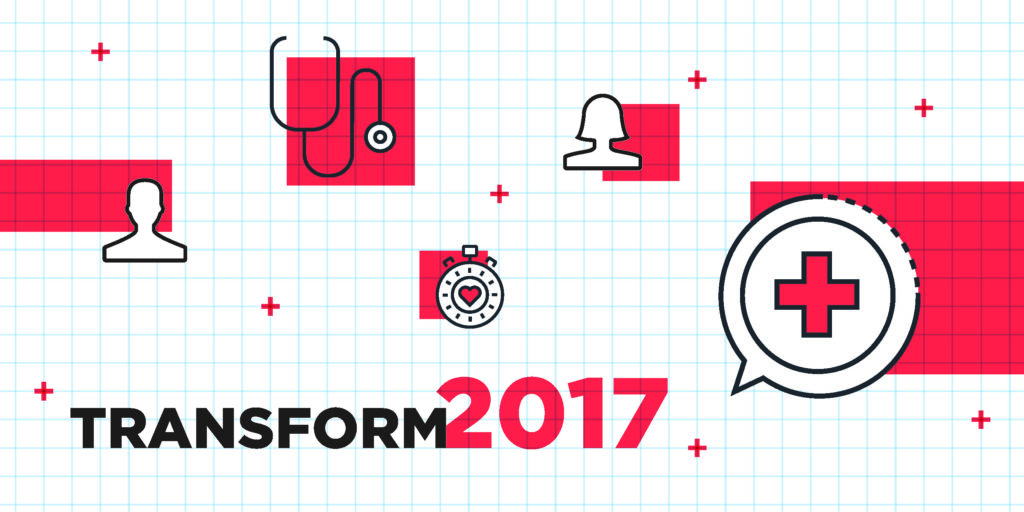
While the U.S. spends more on health care than any other country, its health outcomes are less impressive. In fact, they’re well below those of other high-income nations. This is certainly no secret to anyone who has followed the news or political debates of the past few years. The solution, however, isn’t an easy one, as physicians, administrators and healthcare innovators from all corners of the country noted at Mayo Clinic’s Transform 2017 conference.
We joined these leaders and creative thinkers in September for a wide-ranging discussion of the industry’s most pressing issues — from value-based care to interoperability to the potential for disruption. The conversation boiled down to one daunting question: How do we restructure the system so that providers can fulfill the purpose that brought them to medicine in the first place and patients can actually get the care they need?
Here are some of our key takeaways.
Conversations matter — but there’s little time for them.
Today, a doctor gets paid far less to have a conversation with a patient than to perform a procedure — even though conversation may be the cheapest and most effective tool. Danielle Ofri of the NYU School of Medicine noted that cost pressures, regulatory requirements and administrative paperwork keep physicians feeling like “hamsters on a wheel,” spending far more time on administrative tasks than on patient care (in some studies, by a ratio of 2:1). Patients feel the imbalance too. Speaking with their physician for only a few minutes at a time and then being prescribed medication that doesn’t make them better creates an underwhelming experience at best – and a harmful one at worst.
We must redefine the value equation.
In a situation so dire, it may seem the only choice is between spending more to increase outcomes or cutting spending and worsening inequities. But there is another way: increasing healthcare value, and thus reducing costs and increasing quality of care.
Value = Health outcomes that matter to patients / Cost of full cycle of care
Determining value, however, depends on being able to define health outcomes. As they are traditionally measured, these rarely include what matters most to patients. Elizabeth Teisberg of Dell Medical School proposed three alternative measures of what patients value most:
- Capability: The ability to get back to things one used to be able to do
- Comfort: Relief from pain and suffering
- Calm: The stability to continue participating in one’s individual and family life
Evolving the ways we measure outcomes is just one way to begin closing the gap between patients and providers.
Analyzing the right data is key.
Health care lags behind many U.S. industries when it comes to interoperability and the meaningful use of big data. Electronic health records (EHRs) may have been a leap forward, but their usefulness is limited by variation in provider adoption — leaving them to perform essentially the same role as medical records of the past, albeit digitally. Without integration, collaboration between systems, and “sift and serve” capabilities that help physicians find what they need, pooling data just means that the haystack surrounding the needle they are looking for gets larger.
The data we collect today can also be misleading. “Beware of surrogate end points,” warned Darshak Sanghavi of OptumLabs, noting that the data points we often measure and incentivize may reflect a short-term goal that does not correlate with the more meaningful long-term goal. It is essential that the right questions are being asked, and that the long-term goals that matter are established, before we celebrate the power of data to solve our healthcare challenges.
Innovation can help close gaps.
As technology evolves while systemic challenges remain, there is a growing possibility that disruptive solutions could come from the outside. Many of the speakers at Transform believe that these kinds of innovations are needed to force the transition to value-based care and to achieve a better return on our investment in health care as a nation.
However, it is also important to remember that true innovation goes beyond flashy technology. Americans’ health care needs today are not acute problems with a quick fix. Instead, they are often chronic conditions requiring sustained lifestyle change, and they revolve around the social determinants that shape patients’ lives outside of clinical spaces. As Andy Slavitt of the Bipartisan Policy Center put it, the patient we need to serve better is not just the healthy 60-year-old who wants a wearable that can upload his run times to his doctor; it’s the low-income woman who has to take two buses to get to dialysis and keeps missing her appointments. Right now, ZIP code is a better predictor of life expectancy in America than genetic code — and only when that inequity is addressed will health care truly be transformed.
Let’s keep the conversation going.
Connect with Fusion Hill to learn how we’re helping innovators in the healthcare space tell their story.
October 11, 2017 | Research
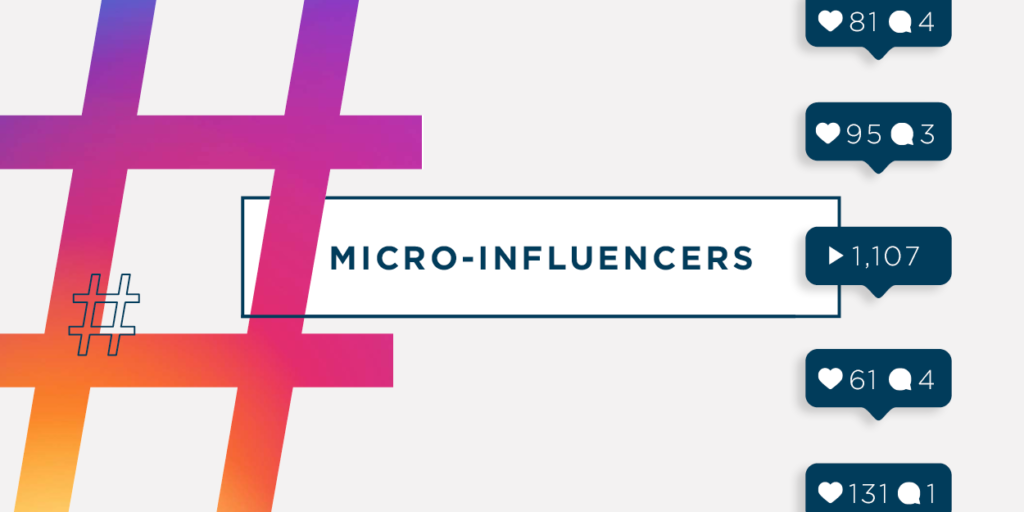
From Michael Jackson’s blockbuster Pepsi commercials to LeBron James’ rumored $500 million deal with Nike,1 we’ve all heard of celebrity endorsements. And based on the amount of money that brands throw at celebrities, these promotions have clearly been proven to work. Yet in a world of increasingly savvy consumers, many brands are taking another look at how they connect with their audiences.
Micro-influencers — born at the intersection of social media and grassroots marketing — are a smart and significantly more affordable answer for some of today’s hottest brands. Unlike celebrities who have widespread appeal, micro-influencers are YouTube, Instagram, Snapchat and blog users with highly targeted, extremely attentive followers. Their follower count fluctuates within the 1,000–100,000 range. The majority of their followers have had some sort of authentic interaction with the account owner, which allows for the account to be perceived as an authority on a given topic.
Why are brands partnering with influencers?
For a much smaller investment of marketing dollars, brands can connect with micro-influencers to have them mention a product in a way that followers trust more than traditional advertising. In fact, 92% of consumers say they trust a micro-influencer more than they trust a celebrity or traditional advertisement.2 Micro-influencers can help establish trust with a company or product, getting your brand message out to a more targeted audience. Their closer-knit group of followers can lead to higher engagement rates, boosting conversation and generating excitement.
An untapped micro-influencer market: Health and wellness
While micro-influencer marketing has become common for fitness and beauty products, it’s not as well developed in health care. And while a vast opportunity exists, there are a few barriers to note. Health and wellness influencers have traditionally operated offline. Yet as consumers consistently look online for health information and as telehealth continues to grow, influencers in this space have great potential. Many fall right into the sweet spot in terms of follower size.3 Many health and wellness influencers have medical or other licenses, and this means they have stricter standards — and FDA regulations — to adhere to. Unlike a pop star who can easily pitch her “favorite” smoothie or lotion, this group has clear guidelines for ethical standards.3 That said, there is great potential within the health care space. As opposed to throwaway consumer products promoted by other brands, health care companies have truly life-changing messages to share on topics like back pain, heart health and diabetes.
How can your brand find micro-influencers?
Keep in mind that you want to find people who have a true and targeted interest in your brand’s focus area. To find them, start by looking at your social media followers. Then research relevant hashtags and search for top bloggers. You may also want to try tools like Markerly, Insightpool, Ninja Outreach, Followerwonk and BuzzSumo.
While it may be tempting to look at people with the largest followers list, in this case less is likely more. Consumers feel more connected to and most trusting of influencers with small online communities.
Let’s keep the conversation going
Connect with Fusion Hill to explore creative ways to incorporate micro-influencers in your social media strategy.
SOURCES
1 http://www.msn.com/en-in/money/photos/the-biggest-endorsement-deals-of-all-time/ss-BBnKanJ#image=2
2 https://www.forbes.com/sites/deborahweinswig/2016/10/05/influencers-are-the-new-brands/
3 https://www.wellnessamplified.com/influencer-marketing-health-wellness/
September 14, 2017 | Research
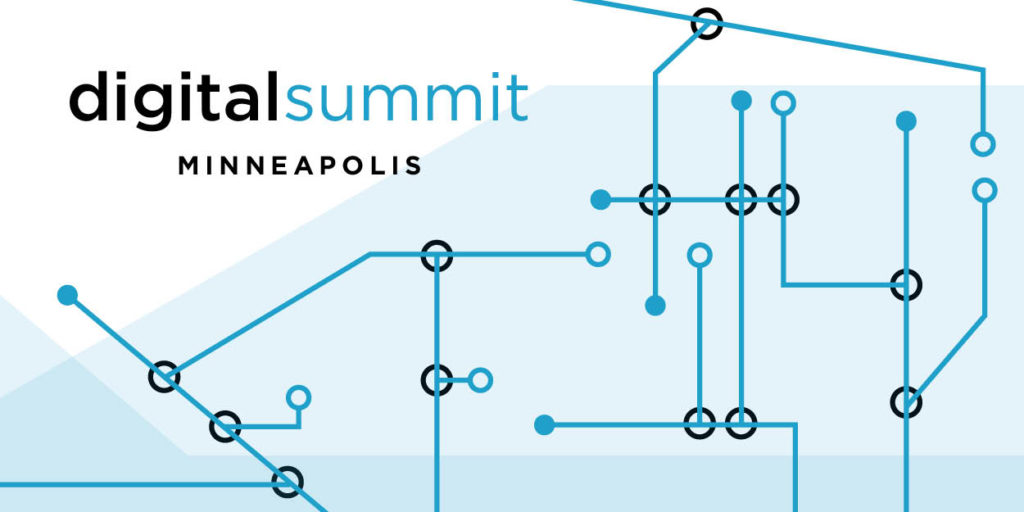
When communicating with clients, are you focused more on the how, the what or the who? At Fusion Hill, we spend a lot of time thinking about communication with our clients and in turn, how our clients communicate with their respective clients. And we’re not alone! At the 2017 Digital Summit in Minneapolis, the presentations focused primarily on how we communicate, who we communicate with and what we share. The Digital Summit was jam-packed with mini-sessions on topics from experiential marketing to mobile content creation. Here are the team’s four largest takeaways:
Use technology as a springboard – not a crutch
Be just as strategic about delivery and distribution as you are about the actual content you choose to send. Consider which medium would allow for the best experience and leverage that context. You’ll be able to deliver mind-blowing content at just the right moment, on the platform that makes the most sense for converting consumers. “Understand how, when and what customers want. Don’t just do it for technology’s sake.” – Scott Emmons, Neiman Marcus
Personalize and excite, digitally
If you constantly are marketing to the masses, how can you truly connect with anyone? Don’t be another promoter of average products for average people. Keep it pure, and push to find the smallest group of individuals that makes sense. It’s not about pleasing everyone, but about actually connecting with your audience. Once you’ve determined who exactly you’re talking to, don’t be safe — push boundaries. Extend your brand in ways that will excite and intrigue your specific audience.
“Vanilla is good, but to stand out – you need funfetti.” – Lorraine Goldberg, allrecipes.com
Be the best ‘you’
Taking calculated risks is one thing — but don’t try every gimmick out there. Instead of chasing marketing trends, focus on what you are truly selling — not just the product or service, but your signature experience. Home in and expand on the tiny details that will wow and delight the consumer. By building your brand from those smallest interactions and experiences, you’ll be able to find an emotional connection with your audience. You can’t outsource the reason you are doing what you’re doing. Technology will change, but your audience doesn’t. A great example from Seth Godin: “Harley-Davidson is not in the Segway business.”
Be empathetic (duh)
It’s customer service 101, but always try to see the problem from your customers’ point of view. Connect with your audience on an emotional level, talk to your customers directly and don’t make it hard for them to find you. That effort will not go unnoticed. Consumers are far more likely to be loyal when they feel an authentic connection to your company.
September 7, 2017 | Research







